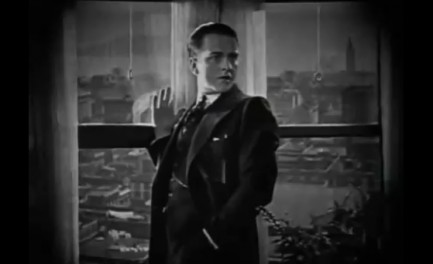As Cecil B. DeMille was able to prove with his 1920 effort, Why Change Your Wife?, he knows and understands the struggles of marriage and the unfortunate temptations that might lead us astray. He also never forgets what led these individuals to marry one another in the first place, and I think that is what made his films so especially important at a time when divorce was seen as ungodly as murder. Perhaps it is this notion that made his films so popular in the day, yet exceedingly dated in modern times, but it’s this general understanding that still makes his films as emotionally palpable as they were back in the 1920s.
His 1921 endeavor, The Affairs of Anatol, attempts to cover the same matrimonial drama that made Why Change Your Wife so emotionally resonant, but the emotions just aren’t as strong here. On some level, the film captures the same sort of idea that men – such as myself – who strive to fix others are gullibly drawn down paths of temptation by “damaged” women who appear helpless. In that way, I can relate to Anatol in the sense that he tries desperately to put others’ needs before his own. In doing so, Anatol (played by Wallace Reid) ignores the needs of his wife (played by Gloria Swanson), and it begins to take a toll on his marriage as well as his life.
The synopses for the film all read the same, and they state that the film deals with literal affairs on Anatol’s behalf after his new marriage to his wife. Perhaps back in the 1920s, simply speaking with another woman could be considered an affair, but watching the film in today’s society it felt less like an affair and more like a friendship gone south.
That being said, DeMille’s voice still speaks to the power of marriage. The ending, though rushed in comparison to the rest of the film, gives the film the hope and satisfaction that many may find after a distressful time in a married couple’s life. Who knows if things will work out, but at least they can remember why they fell in love in the first place and I believe that’s still an important aspect into today’s marriages that is tragically missing. With divorce rates spiking at alarming rates, it feels as though a majority of marriages forget why they were ever together in the first place. Perhaps it’s for the best, but in my personal opinion, I feel like it’s often either a rushed and poor decision or neither parties are actually willing to work on their issues the way couples could back in the olden days. Not every day is rosy or sunny, but it doesn’t have to be either – that’s the beauty of love and it's easy to forget what that means.
In the case of this film, both parties involved in a case of jealousy or adultery could watch it and understand what each other is going through quite well – even nearly a full century later. That’s the timelessness of marriage, love, and all the problems that go along with it.
Despite of the breadth of the film’s narrative, however, the film does not feel as fully or emotionally engaging as DeMille’s previous Why Change Your Wife. I believe what made that film so superior was that we were able to see both sides of the husband and wife without feeling swayed in either direction – both sides were clear as day and both were just as understandable. With this film, you only truly see Anatol’s side of the situation with minor glimpses into his wife’s goings-on. You’re supposed to feel bad for this poor sucker simply because of his adoration of women and his desire to help them, but all along the wife simply plays along and stands by jealously. Perhaps that’s why the narrative feels less compelling and the protagonist feels like more of a nitwit compared to Meighan’s character in DeMille’s other film.
The saving graces, though, are the film’s performances which elevate the film back to a certain level of relatability. Each of the female supporting stars are effective both in understanding why Anatol feels the desire to keep them in his life and help them, but also why his wife, Vivian, might be equally reluctant. Bebe Daniels shines as one of the women, once again proving herself as she did in Why Change Your Wife – her sensuality is just as evident while maintaining the strong emotional core of her character. Gloria Swanson (pictured left) shines as well, in a glorified supporting turn as Vivian, but is not given nearly as much material to work with as in her previous effort which seriously effects the film and her performance. The true MVP for me was Wanda Hawley (pictured above with Reid) as the first girl Anatol strives to help. She perfectly encapsulates that dreamy, nostalgic, one-who-got-away girl Anatol and many of us have fallen for in high school, yet her dark side truly captures why she got away in the first place.
Despite the flaws in the narrative and the lack of true emotional resonance, mostly in part because of the lack of Vivian’s perspective, the film still strives to exemplify matrimony both in its purest and rawest forms – even for being a film for the past. An excellent cast is reason enough to check the film out, especially if one is a fan of Gloria Swanson or looking for some excellent female performances from the early generation of film. For those like Anatol, and myself, perhaps the film is also an important one in understanding and empathizing with the characters in the film, each of whom probably have played a large role in your life as well. For what it’s worth, though, DeMille may not have been an exceedingly great director with these two films, but he still showed a strong understanding of love in (what used to be) the modern world and a strong passion for sharing these stories for the world to relate.

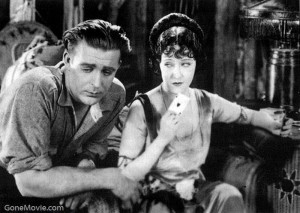




_-_Ad_1.jpg)

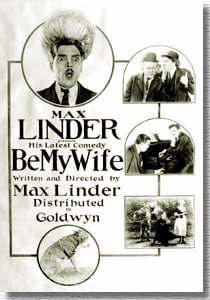



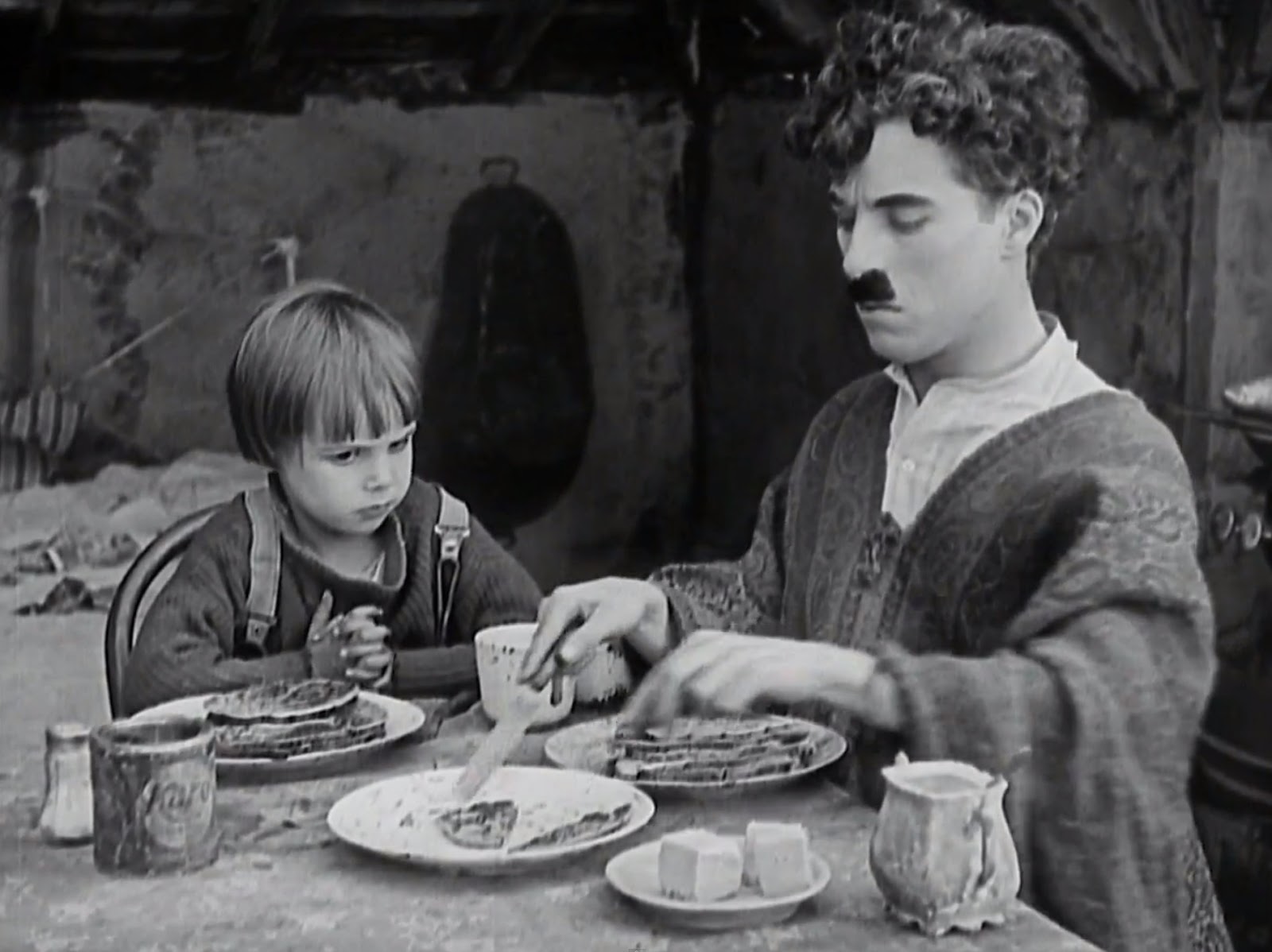
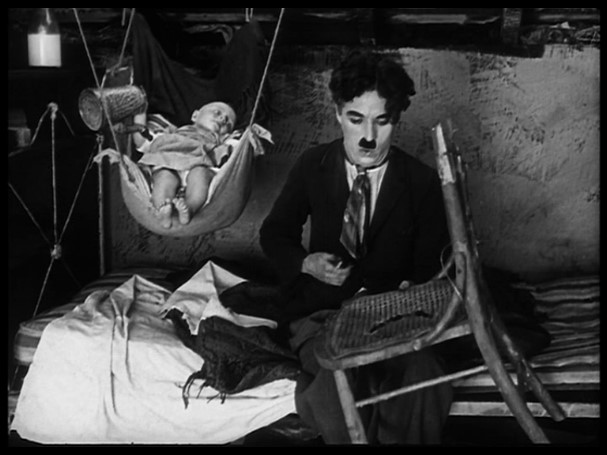

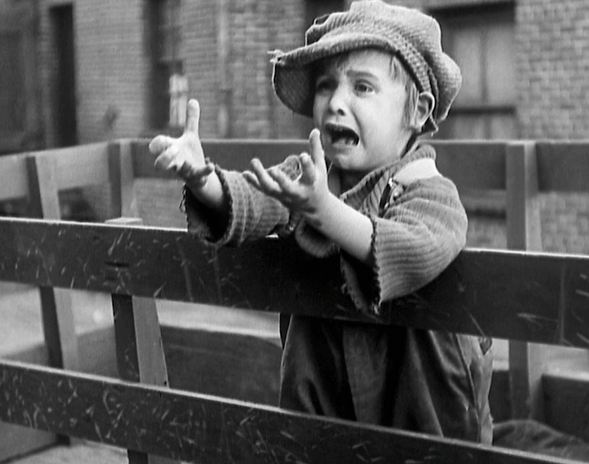
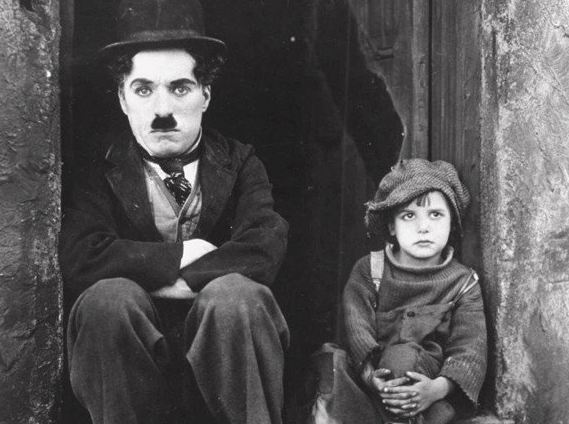



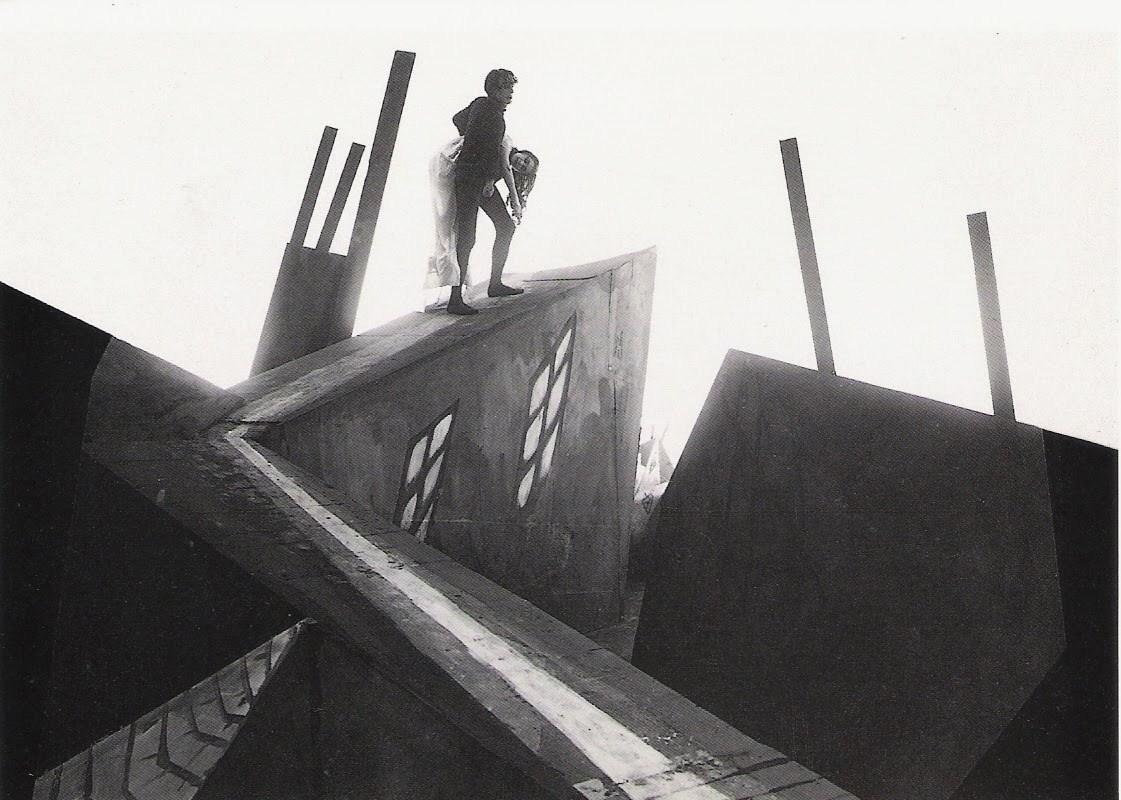
.webm/330px-seek%3D6-The_Penalty_(1920).webm.jpg)

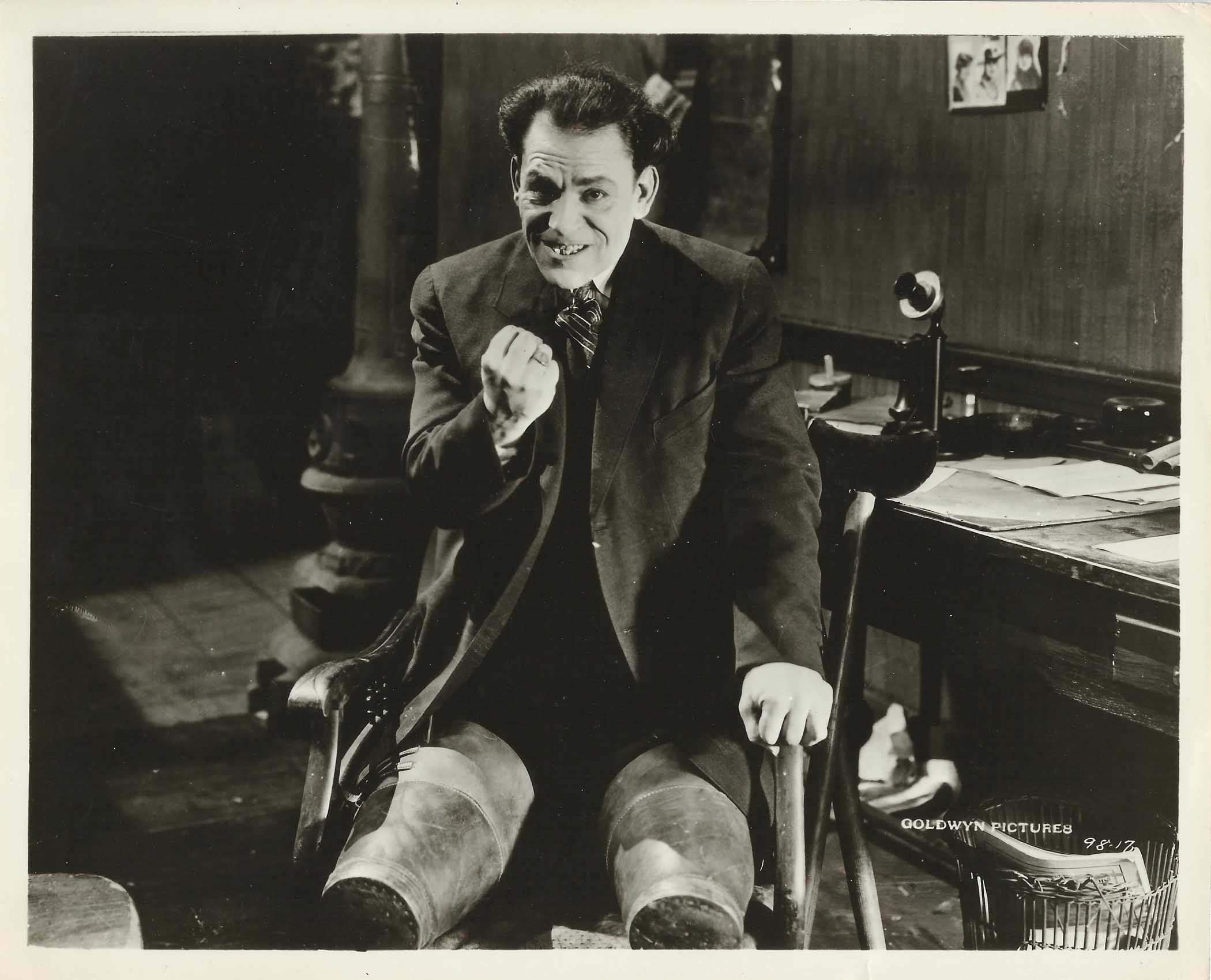

_01.jpg)




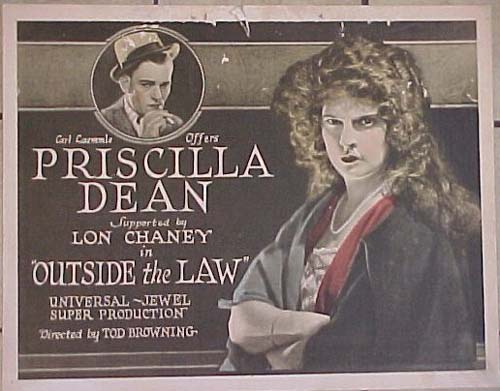
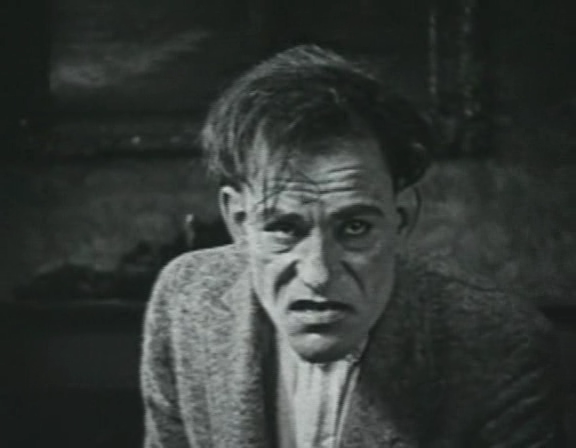
_-_Apr_1921_Photoplay.jpg)
